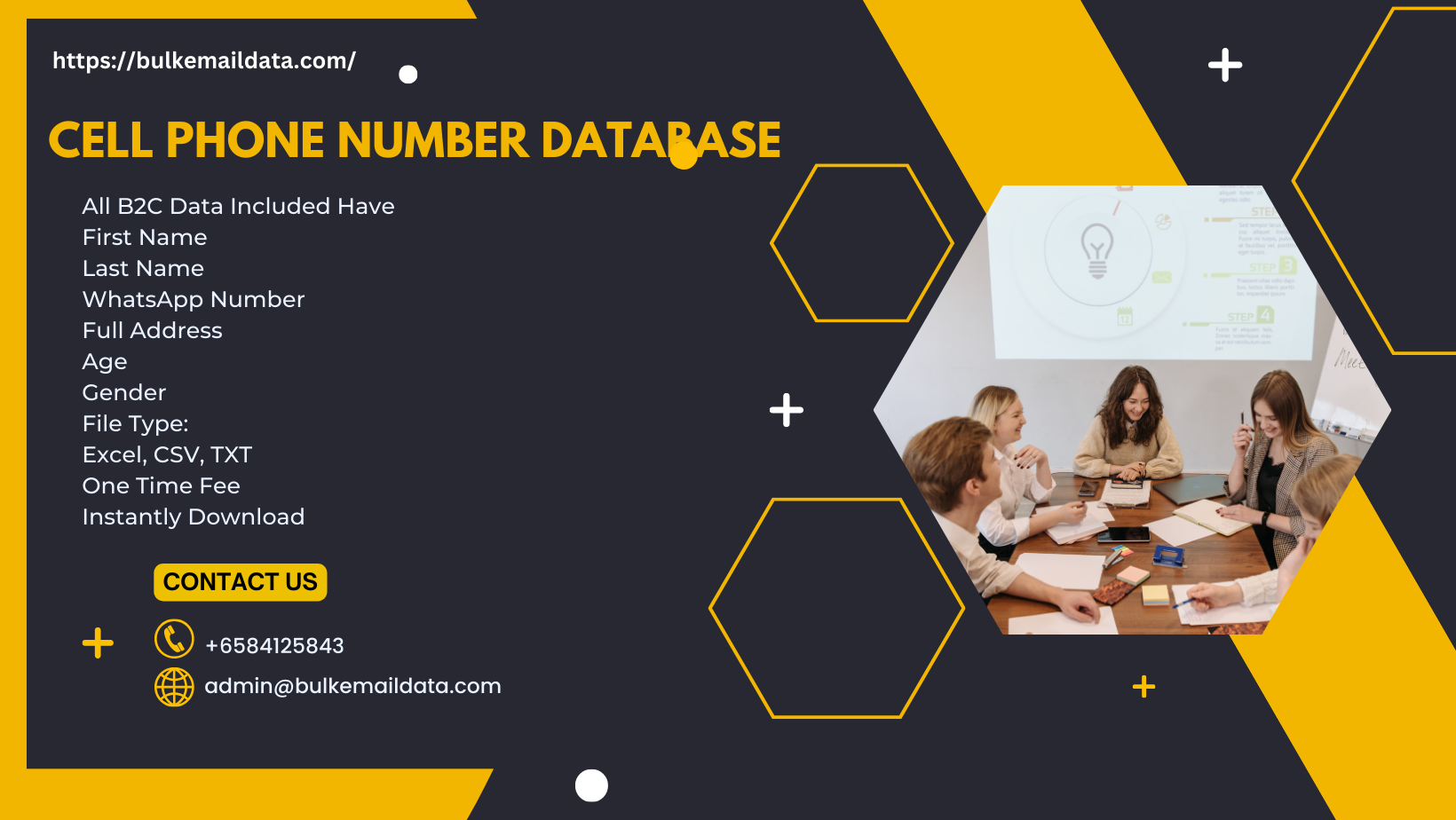|
|
Work breaks are very important for the health of employees. They provide an opportunity to relax so that employees can then continue working productively with a fresh mind. But which break times are required by law? And how do you record your employees' break times? You will find all the answers to these questions in this blog post.
Desk with bowl of salad, laptop and keyboard on felt pad
Disclaimer: All information on the pages of this website is for general information purposes only. It does not constitute legal advice in individual cases and cannot and should not replace such advice.
There is a legal difference between break times and rest Cell Phone Number Database periods, or rest breaks and rest periods. Break times or rest breaks are interruptions between work blocks on a day. Rest periods, on the other hand, are interruptions between two working days, i.e. the longer blocks of free time that lie between the end of one working day and the start of the next. They must be at least 11 hours long.
There are exceptions to the rest period regulation in the following sectors:
Hospitals and other facilities for care, treatment and support
Restaurants and other catering and accommodation establishments
transport companies
Broadcasting
agriculture
animal husbandry
Rest periods can be reduced to 10 hours if this reduction is compensated. To do this, the rest period must be increased to 12 hours within one month.
In hospitals and other care, support and treatment facilities, the rest period can be reduced even further, for example in the form of on-call duty. However, this may not take up more than half of the rest period and must be compensated for.
What legal requirements are there regarding break times?
Breaks are a contentious issue in many companies. The legal situation is anchored in the Working Hours Act (ArbZG) , which aims to protect the health of employees. It contains the following regulations on break times:

exceptions from collective agreements
Collective agreements apply to employees in the treatment, care and support of people, in the public service and in public religious communities. In these areas, break times can be tailored to the characteristics of the activity and the needs of these people. Even in this case, the focus is still on the health of the employees. The reduced break times must therefore be compensated for by longer recovery phases.
Companies not bound by collective agreements can adopt working time regulations from the collective agreements that would apply to them.
How can you record your employees’ break times?
Since breaks do not count towards working time, they can be deducted from it. With time tracking software, this can be done in just a few clicks. This way, you can record break times correctly :
1. Automatic break deduction
With this option, the rest breaks are automatically deducted according to the working time model set in the software. Employees do not have to enter the breaks manually, but only log in at the start of a working day and log out at the end. There is also the option of booking work breaks at a fixed time .
|
|